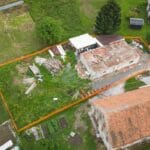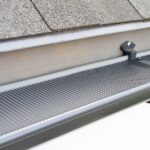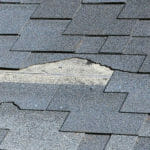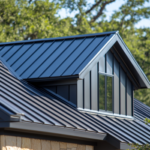Damage From Trapped Moisture
Water from heavy snow and debris can get stuck inside your roof. You’ll want to deal with trapped moisture as soon as possible to prevent leaks inside your home, especially as the spring rainstorms start. Old plants shed their leaves and needles in the fall and winter, and the wind carries them to your rooftop. This debris can get caught in gutters and on low-sloped roofs, trapping moisture that could wear down on your residential roof.
Leaves, in particular, draw in moisture from the air as they rot, which then spreads throughout the roof shingles, causing long-term water damage. Besides debris, winter snow and wind can wear down your shingles. Melted snow soaks into the roof and causes leaks and condensation in different rooms in your home. Heavy snow can also cause some parts to sag. Excessive moisture could lead to mold growth when left untreated, which affects your home’s indoor air quality. Over time, wet roof insulation increases your energy bills.
Damaged, Loose or Missing Shingles
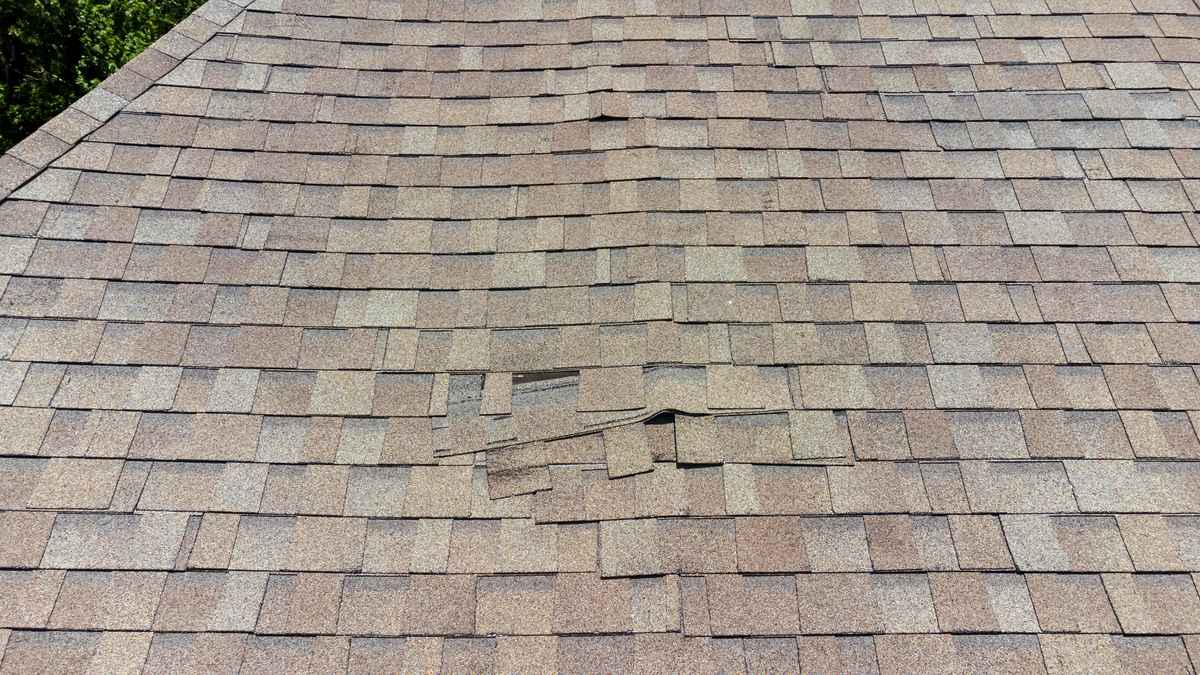
Your roof’s shingles provide weather protection and aesthetic appeal for your home. Shingles can warp or split at the edges when exposed to freezing temperatures. Even though most shingle materials are durable against weather damage, older materials can wear out after constant exposure to the elements. Having your roof installed by an inexperienced contractor can also shorten its life, resulting in damaged, loose or missing shingles.
Since gaps in your shingles reduce your house’s curb appeal, you’ll want to get them replaced as soon as possible. Missing, loose, or damaged shingles could bring water, debris, and pests into your home. Leaks could encourage mold growth and wood rot throughout the various building materials, and pests carry disease and cause structural damage to your property.
Pest Infestations
Imperfections in your roof could leave your home vulnerable to squirrels, raccoons, birds, and insects. As the weather gets warmer, animals and insects come out of hibernation and look for food and shelter to prepare for the spring season. Structural damage to your roof welcomes pests into your home and allows them to settle into your attic or crawl space. As you inspect your roof, keep an eye out for loose shingles, damaged flashing, or worn-out chimneys that create gaps where rodents and insects can sneak inside.
Pests can damage your roof, chimney, and eaves as they try to make a nest on your property and multiply. Rodents such as squirrels, mice, and raccoons can damage your electrical wiring and ventilation systems. They can also settle into your insulation or between walls and make a mess in the process. In extreme cases, any critters with access to the rest of your home can carry disease and contaminate your food supply. Carpenter ants and other wood-loving insects can eat through rotted wood on your roof.
Clogged and Damaged Gutters
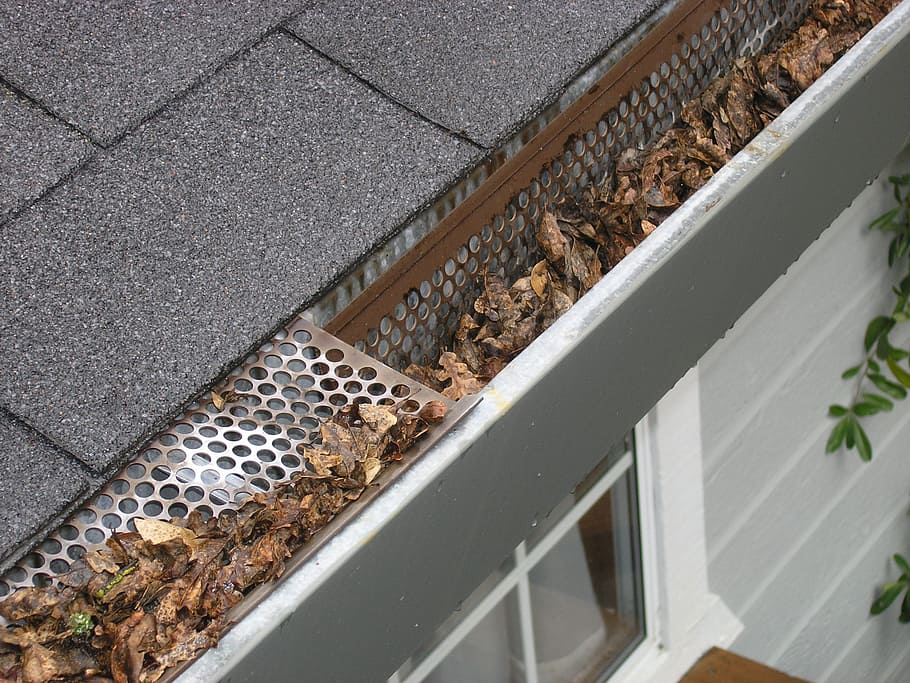
Gutters drain water away from your home during rainstorms to keep your property in good shape. Leaves and debris from the fall and winter can clog your gutters and put additional pressure on them. Wind and temperature changes can also pull them away from your home and leave them vulnerable to damage. As you do your spring cleaning, you may find that debris has rusted your gutters or caused them to sag.
Proper drainage is necessary to keep water from accumulating near your roofing. Besides damaging your roof, clogged or worn-out gutters could also leave your siding and foundation vulnerable to water stains and mold growth. Since it tends to rain more often in the spring, you need to fix any issues you have with your gutters before they get worse.
Get your roof ready for the season, contact the roofing expert at Legacy Construction in Burnsville today for a free estimate!
 (952) 303-4080
(952) 303-4080




